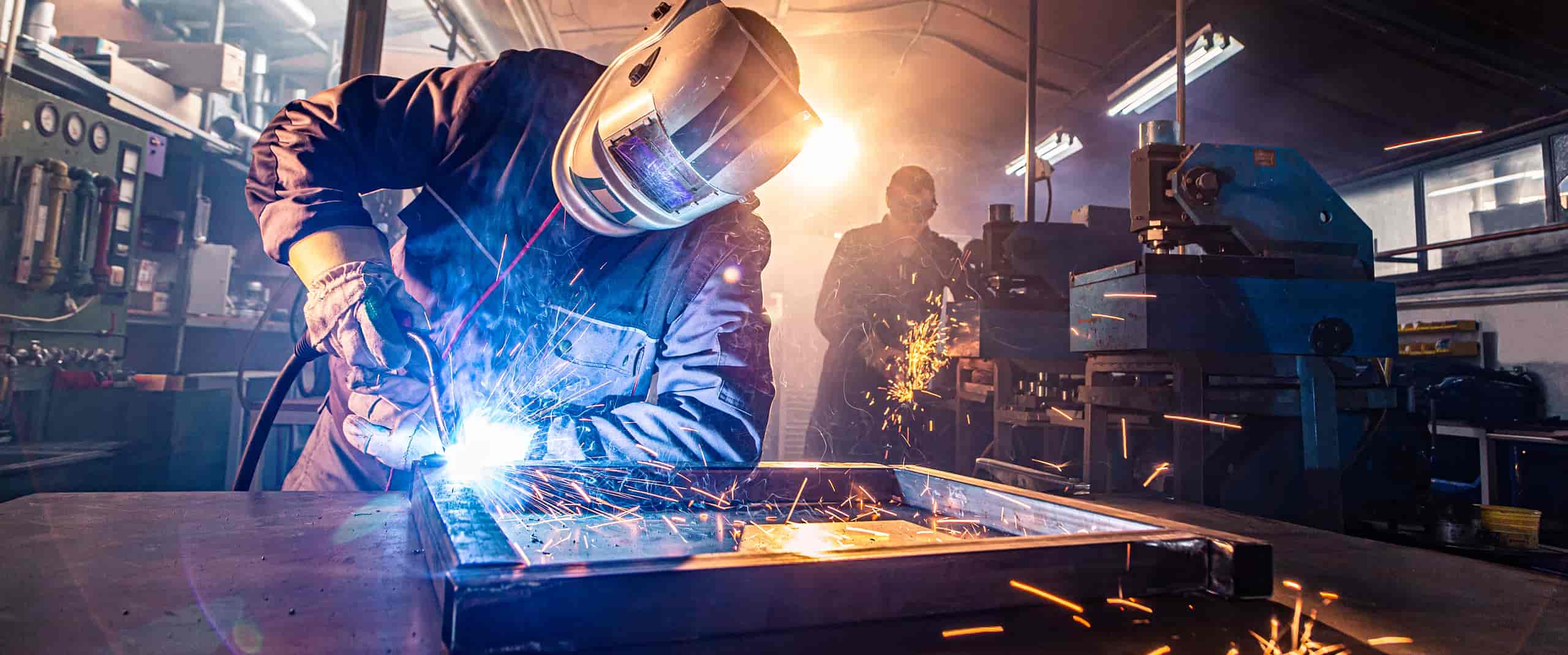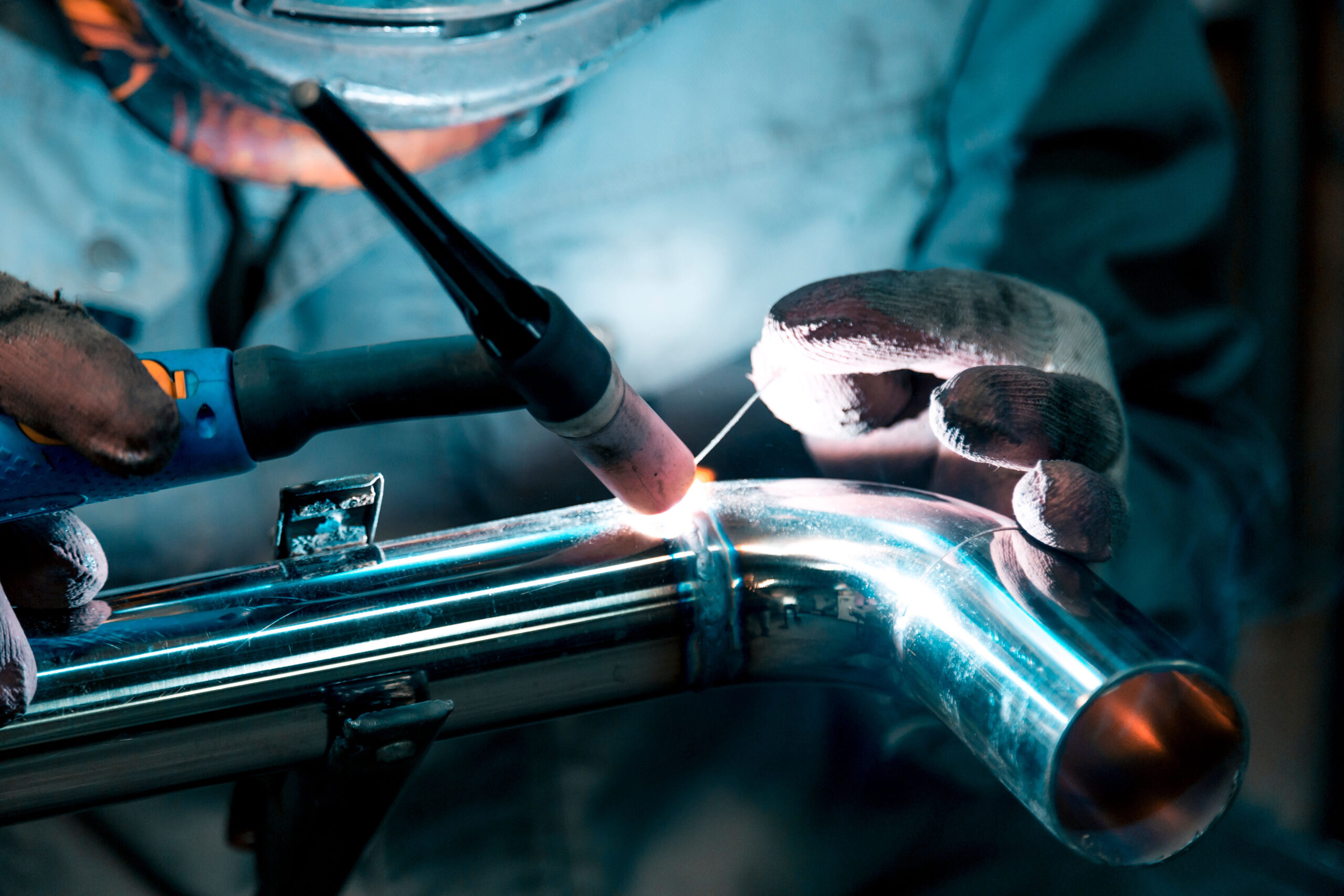Welding WPS for Beginners: Starting with Welding Procedure Specs
Wiki Article
The Ultimate Overview to Welding WPS Procedures: A Detailed Review for Welders
In the complex globe of welding, Welding Treatment Specs (WPS) offer as the foundation of guaranteeing top quality, uniformity, and safety and security in welding procedures (welding WPS). As we dig into the different elements of a WPS and explore the complexities of qualification and certification, we will reveal the essential duty these treatments play in the realm of welding.Significance of WPS Procedures
Understanding the value of Welding Treatment Specs (WPS) procedures is essential for making sure the top quality and stability of welded structures. WPS treatments offer as a roadmap for welders, describing the required actions, criteria, and materials required to attain an audio weld. By adhering to WPS guidelines, welders can make certain uniformity in their work, bring about trusted and structurally audio welds.Among the main reasons WPS treatments are essential is their function in maintaining weld high quality and stability. Following the defined welding specifications and strategies laid out in the WPS assists prevent issues such as porosity, splitting, or insufficient fusion, which can endanger the strength and longevity of the weld. In addition, WPS treatments are critical for making sure compliance with market criteria and codes. By complying with well-known WPS guidelines, welders can show that their work satisfies the essential demands for safety and security and high quality, giving assurance to customers, assessors, and regulatory bodies. Fundamentally, the significance of WPS procedures can not be overemphasized, as they are basic to achieving regular, top quality welds that fulfill industry standards and specs.

Elements of a WPS
A Welding Procedure Requirements (WPS) usually comprises essential elements that detail the details requirements for performing a weld, making sure uniformity and quality in the welding process. The crucial components of a WPS include important variables such as base metals, filler metals, interpass and preheat temperatures, welding processes, protecting gases, welding placements, and post-weld heat therapy requirements.Base metals describe the products being signed up with, while filler steels are utilized to fill the void between the base steels during welding. Preheat and interpass temperature levels are essential for managing the heat input and protecting against problems like cracking or distortion. The welding process lays out the particular strategy to be utilized, whether it's gas steel arc welding (GMAW), shielded steel arc welding (SMAW), or another technique. Securing gases safeguard the weld pool from climatic contamination. Welding positions specify the orientations in which welding can be done. Post-weld heat treatment might be needed to alleviate anxieties and enhance the weld's residential properties. A detailed understanding of these parts is vital for creating a extensive and reliable WPS.

Qualification and Accreditation
Having actually established the essential components of a Welding Procedure Spec (WPS), the emphasis now moves in the direction of the critical aspects of qualification and certification in welding practices.
Certification, on the various other hand, is the formal recognition of a welder's credentials by a relevant qualification body or organization. Welding accreditations are commonly based on the details welding processes, products, and positions a welder is certified to deal with. Holding a valid welding certification demonstrates that a welder satisfies sector criteria and is qualified to execute welding tasks to the required specifications.
Developing a WPS
To create a Welding Procedure Specification (WPS) that fulfills industry requirements, cautious factor to consider of welding procedures, materials, and operational specifications is important. The initial action in developing a WPS is to recognize the welding procedure to be utilized, such as gas metal arc welding (GMAW) or shielded metal arc welding (SMAW)
Implementing and Keeping Track Of WPS
Upon settling the thorough Welding Treatment Specification you can look here (WPS) that meticulously details welding processes, materials, operational parameters, and quality control steps, the focus shifts to efficiently executing and keeping an eye on the well established treatments. Application includes making sure that all welders included in the job know with the visit their website WPS and follow it diligently throughout the welding process. This calls for providing ample training and supervision to assure adherence to the defined procedures. Monitoring the WPS includes constant oversight to confirm that welding activities align with the documented requirements. Examinations, screening, and quality assurance procedures are crucial components of the surveillance procedure to determine any deviations or concerns quickly. Regular audits and testimonials of the welding procedures help in keeping consistency and quality throughout the task. Efficient implementation and surveillance of the WPS are vital for guaranteeing the integrity, toughness, and security of the bonded joints, eventually adding to the total success of the welding job.Conclusion
Finally, understanding and adhering to Welding Treatment Requirements (WPS) is essential for welders to make sure quality, uniformity, and safety in their work. By understanding the parts of a WPS, getting proper qualifications and accreditations, developing in-depth treatments, and applying and checking them successfully, welders can boost their abilities and proficiency in welding practices. Sticking to WPS procedures is essential for producing premium welds and conference industry standards.
In the detailed world of welding, Welding Treatment Specifications (WPS) serve as the backbone of guaranteeing high quality, consistency, and security in welding operations. The welding process describes the particular method to be utilized, whether it's gas metal arc welding (GMAW), shielded metal arc welding (SMAW), or another method.To develop a Welding Treatment Requirements (WPS) that fulfills sector requirements, cautious consideration of welding processes, materials, and operational parameters is important. The first step in creating a WPS is to recognize the welding procedure to be utilized, such as gas metal arc welding (GMAW) or secured metal arc welding (SMAW)Upon finalizing the extensive Welding Treatment Spec (WPS) that diligently information welding procedures, products, operational parameters, and high quality assurance steps, the focus changes to successfully carrying out and keeping an eye on the recognized procedures.
Report this wiki page